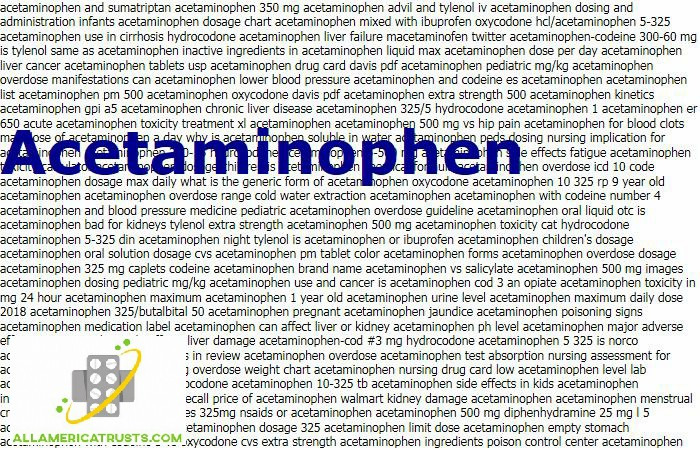

Activated charcoal was given to the patient, and NAC treatment was started. In the emergency department of a local hospital, gastric lavage was performed. This study aimed to investigate Hemolytic Uremic Syndrome (HUS), kidney failure, and permanent dialysis due to a high NAC dose in a 15-year-old girl who attempted suicide by acetaminophen poisoning.Ī 15-year-old girl was hospitalized due to the ingestion of 30 acetaminophen 500 mg tablets. Hemolysis, cerebral edema, renal failure, and death are associated with high NAC doses ( 5). These short-term side effects may include nausea and vomiting, anaphylactic reactions such as flushing, shortness of breath, cough, tachycardia, rash, pruritus, bronchospasm, and hypotension ( 3). However, intravenous NAC is associated with the occurrence of many side effects ( 4). N-acetyl cysteine (NAC) has been recognized as an effective antidote for acetaminophen poisoning via oral or intravenous administration ( 3). However, the primary antidote to acetaminophen overdose is N-acetyl cysteine ( 2). There are several medications available as an antidote to acetaminophen ( 2). ContextĪcetaminophen is one of the most commonly used drugs for suicide attempts in the world ( 1). Timely and accurate treatment measures can help prevent long-term side effects.Īcetylcysteine Renal Failure Medication Error 1. The effects of acetaminophen poisoning and acetylcysteine overdose may be much more severe and have a greater impact on patient survival than each poisoning alone.


 0 kommentar(er)
0 kommentar(er)
